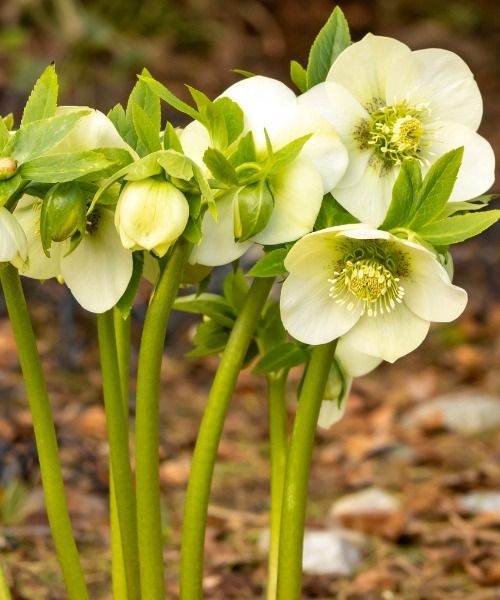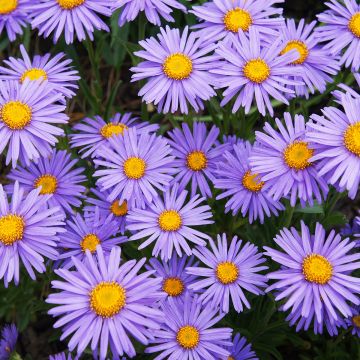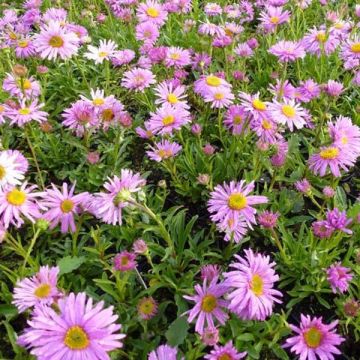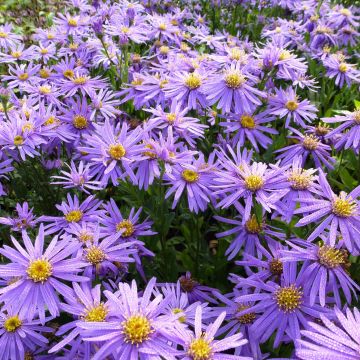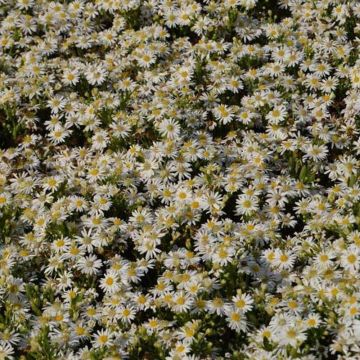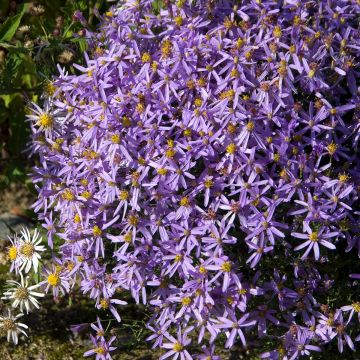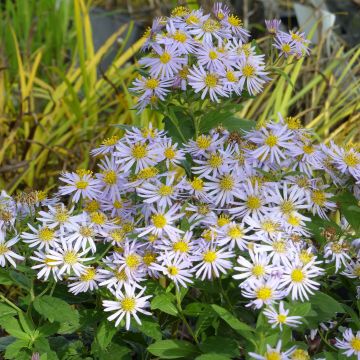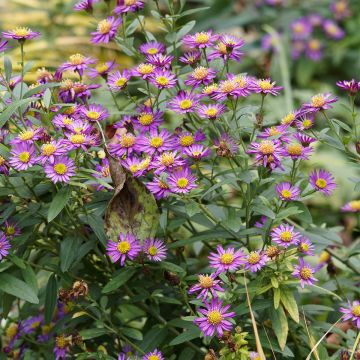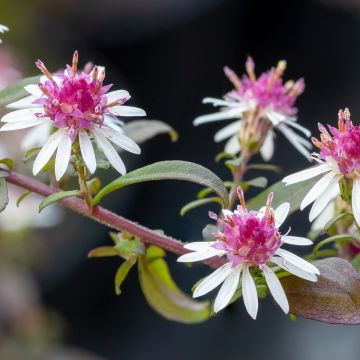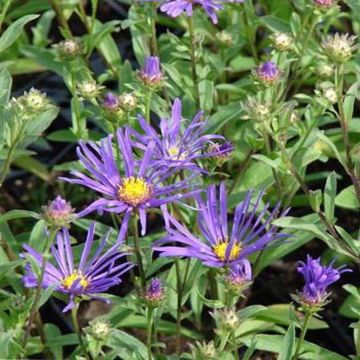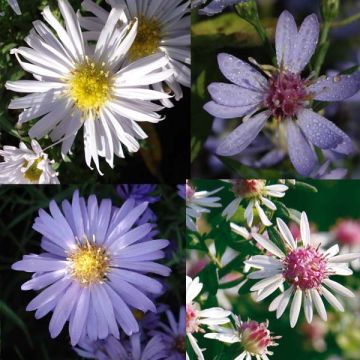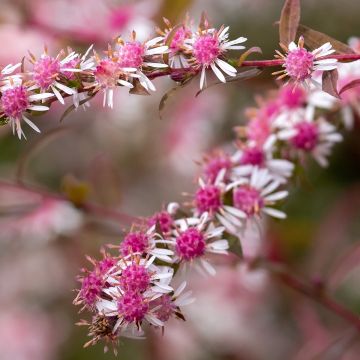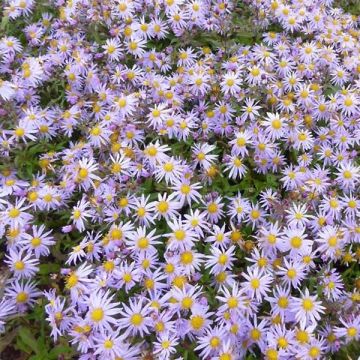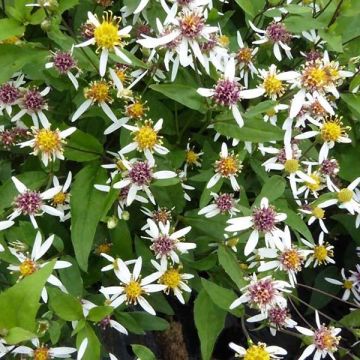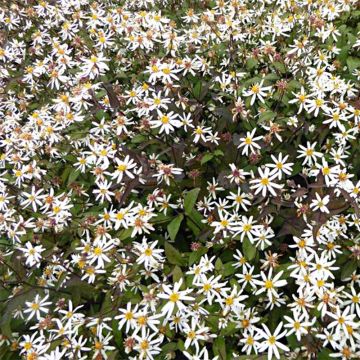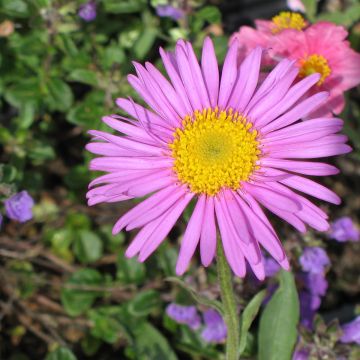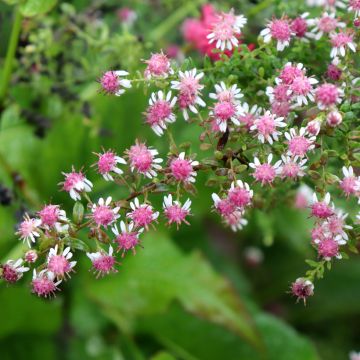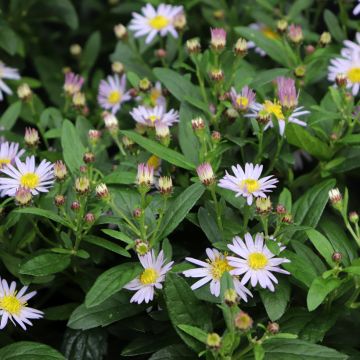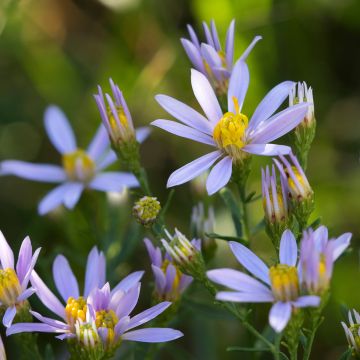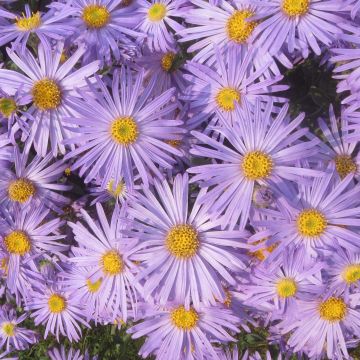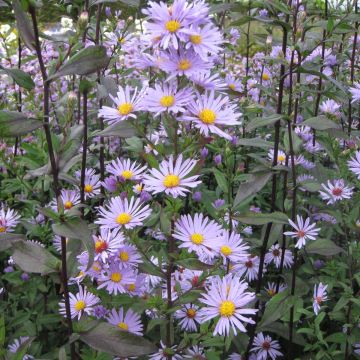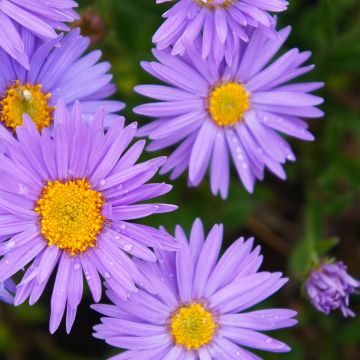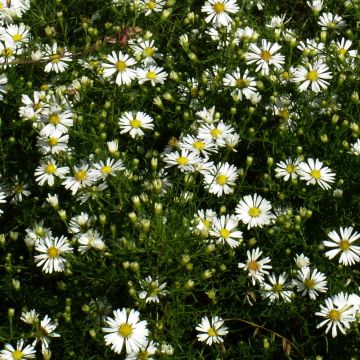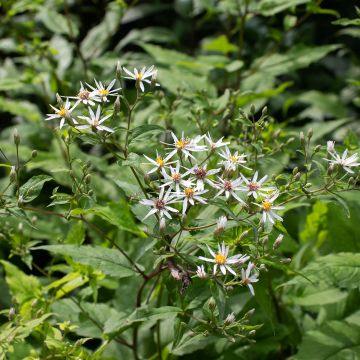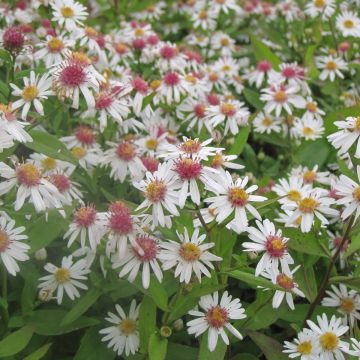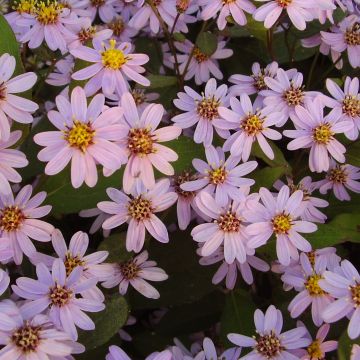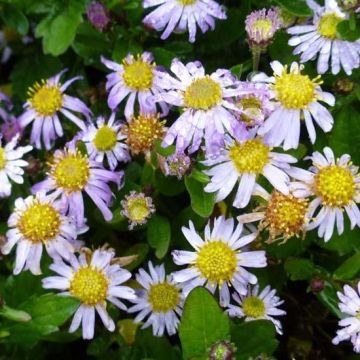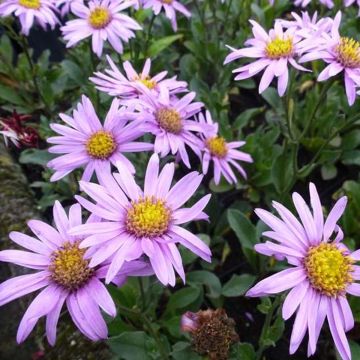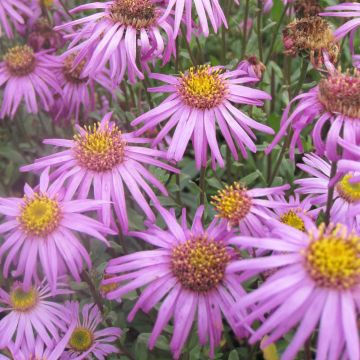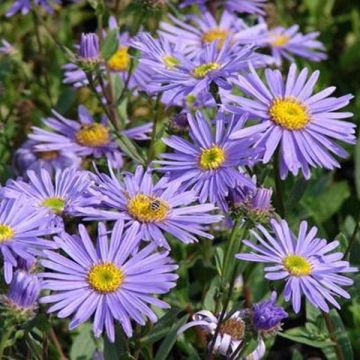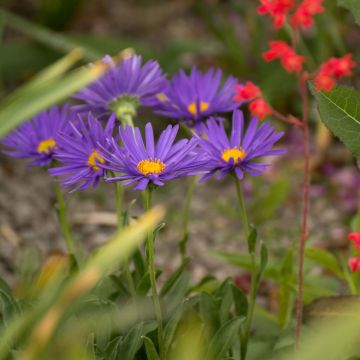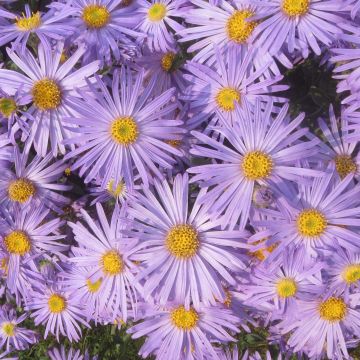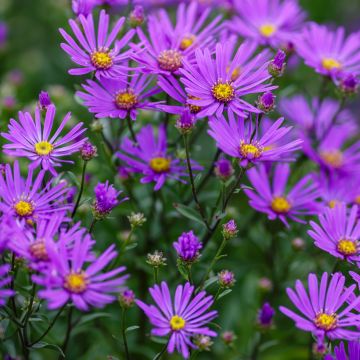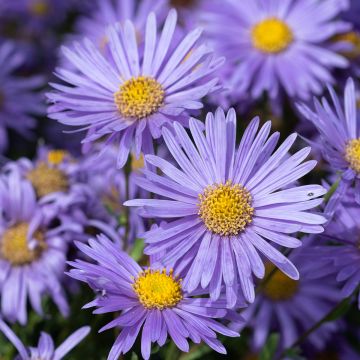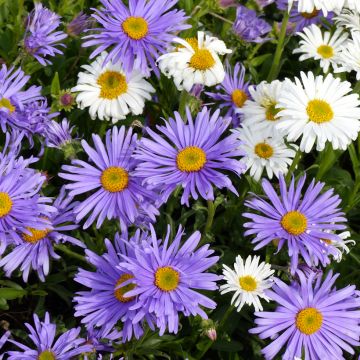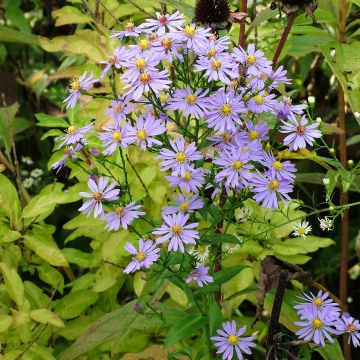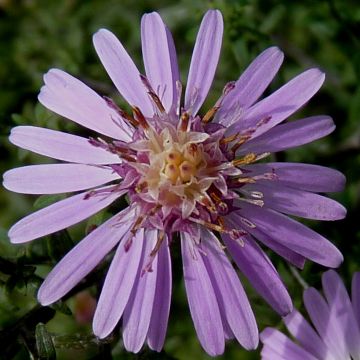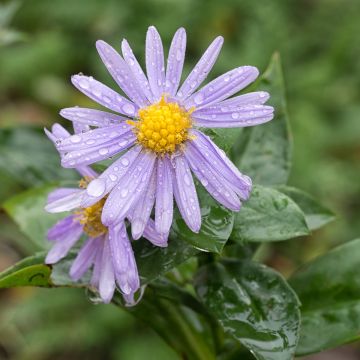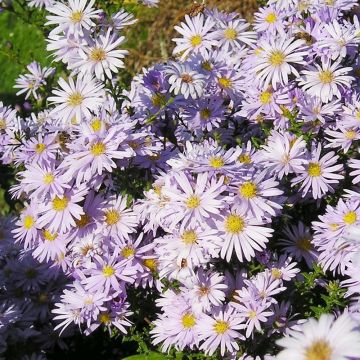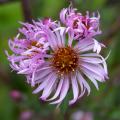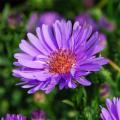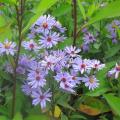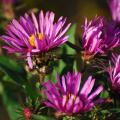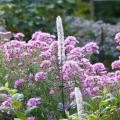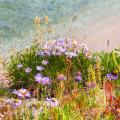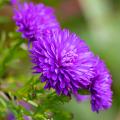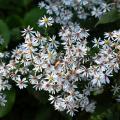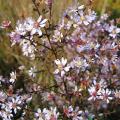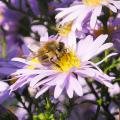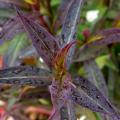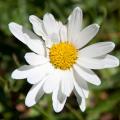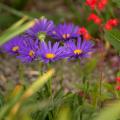Wild Asters
Does this plant fit my garden? Set up your Plantfit profile →
Available in 2 sizes
Available in 1 sizes
Available in 2 sizes
Available in 2 sizes
Available in 1 sizes
Available in 1 sizes
Available in 1 sizes
Available in 1 sizes
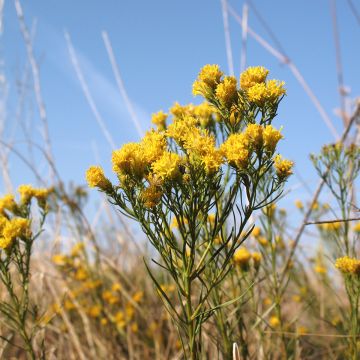
Available in 2 sizes
Available in 2 sizes
Available in 1 sizes
Available in 1 sizes
Available in 0 sizes
Available in 2 sizes
Available in 1 sizes
Available in 2 sizes
Available in 1 sizes
Available in 1 sizes
Available in 1 sizes
Available in 1 sizes
Available in 2 sizes
Available in 1 sizes
Available in 1 sizes
Available in 1 sizes
Available in 2 sizes
Available in 2 sizes
Available in 1 sizes
Available in 1 sizes
Available in 1 sizes
Available in 1 sizes
Available in 1 sizes
Available in 1 sizes
Available in 1 sizes
Available in 1 sizes
Available in 1 sizes
Available in 1 sizes
Available in 1 sizes
Available in 1 sizes
Available in 1 sizes
Available in 1 sizes
Available in 1 sizes
Available in 1 sizes
Available in 1 sizes
Our wild Asters, botanical species at the origin of the numerous horticultural varieties grown in gardens. They are perennials like Aster divaricatus of the undergrowth in eastern North America. Or Aster lynosiris, discreet, whose small yellow disheveled heads animate arid lawns in North Africa and Asia Minor in late summer. Aster tradescantii that naturally grows on rocky shores in Maine and Vermont is the star of the garden at the end of the season. In rock gardens, it is the Aster des Alpes (Aster alpinus) that reigns supreme. Also discover the Giant Autumn Aster (A. laevis), native to Florida, an excellent perennial that also blooms in late summer. Invite the Sedum-leaved Aster (Aster or Galatella sedifolius) into your borders, a rare plant in cultivation, which blooms in late summer along roadsides from the Mediterranean Sea to the Drôme, Ardèche, and Basses-Alpes. The Turbinellus Aster from dry meadows in the central and western United States, forms a beautiful airy bushy tuft and blooms purple in autumn. And many other wild asters to discover in these pages.
Haven't found what you were looking for?



































